Some foods just seem intimidating to cook. They’re the kind of things you might glance at in the store, but end up putting back because you’re not sure how they’ll turn out. It could be the smell, texture, or just plain old worry about messing it up.
But being nervous about cooking something unfamiliar is pretty common. The good news is, it doesn’t take a lot to get past it. Usually, all you need is one or two easy tricks to make these foods way less scary.
Here are a few foods people avoid cooking, why they seem tricky, and some simple ways to handle them without any stress.

Fish with bones
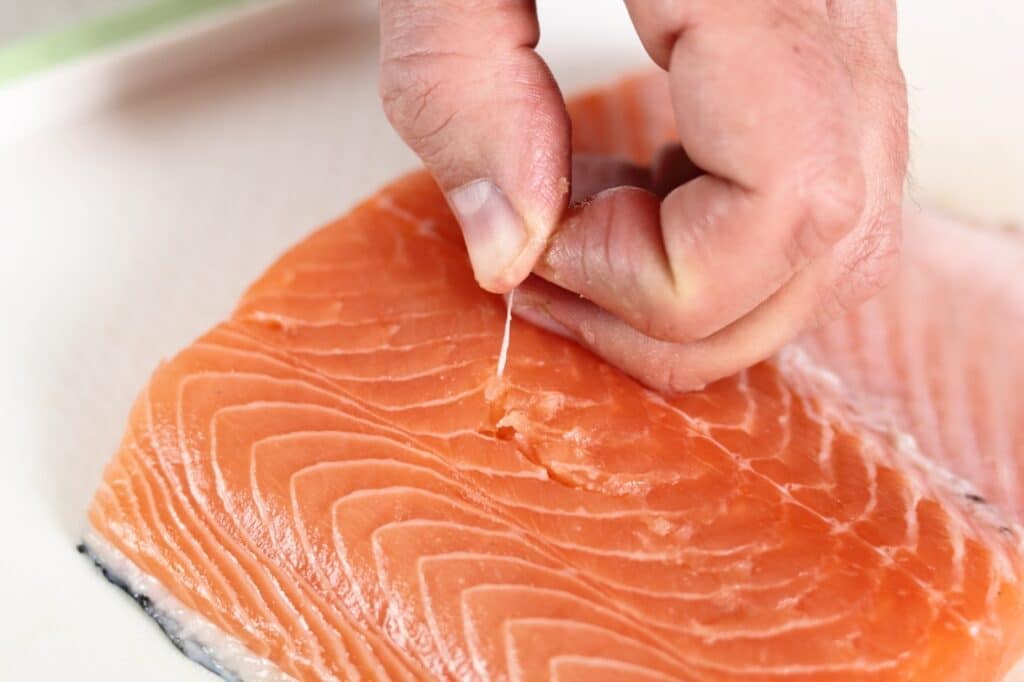
People usually steer clear of cooking fish with bones because they’re worried about choking or dealing with a complicated prep. And it’s true — fish bones can seem tricky if you’re not used to them. But it’s not as hard as it seems.
First, pick fish with larger bones like salmon steaks or trout fillets. Those bones are easy to spot and pull out. Just run your fingers or a pair of tweezers along the fish to feel and remove them. Cooking the fish helps loosen bones, too, so they’re even easier to remove afterward.
For an easy start, pan-fry trout fillets skin-side down until crispy, then flip and finish cooking. Or bake salmon steaks with lemon and herbs in the oven — simple, quick, and a great way to practice handling fish bones without stress.
Raw meat or seafood (especially raw chicken or sushi-grade fish)

Most people worry about handling raw meat and seafood because they’re afraid of getting sick. And honestly, that’s a fair concern, especially with something like raw chicken or fish for sushi.
The key is being careful about cleanliness. Always wash your hands before and after handling raw meat or seafood. Keep it separate from foods you’re eating raw, like veggies or salads. And make sure you use clean utensils and cutting boards each time. For chicken, cook it fully (no pink inside). For sushi-grade fish, buy from a trusted place and keep it very cold until you’re ready to use it.
If you’re new to raw foods, start easy. Try homemade sushi rolls using sushi-grade salmon or tuna, fresh veggies, and rice. For chicken, focus on basic recipes like oven-roasted chicken breasts or thighs. Simple steps like these will help you feel more confident and safe.
Yeast and bread-making

People get nervous about baking bread because yeast seems tricky. They worry about the dough not rising or messing up the recipe. But yeast isn’t that complicated once you get the basics down.
First, make sure your yeast is fresh. Test it by mixing it into warm water with a little sugar. Wait a few minutes, and if it starts bubbling up, you’re good to go. Then, pick a straightforward recipe that doesn’t require fancy techniques or a lot of kneading.
Start easy with something like homemade pizza dough. You just mix, let it rise, then shape it. Or try basic dinner rolls that only need one rise before baking. Both recipes are quick, low-pressure ways to get comfortable with yeast.
Shellfish (mussels, clams, oysters)
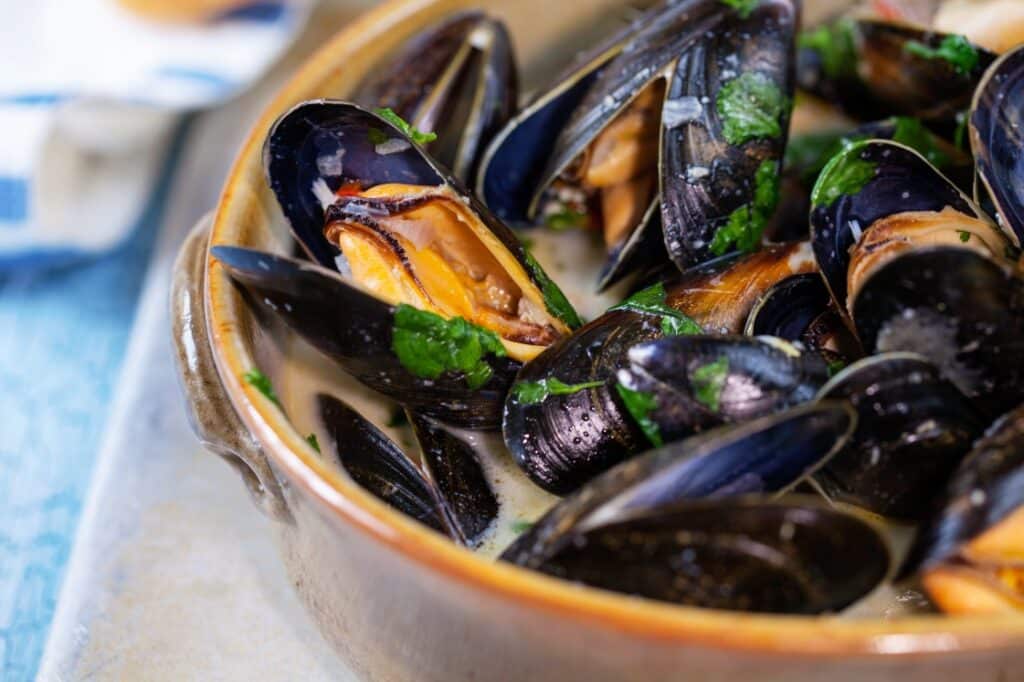
Shellfish makes people uneasy mostly because they’re worried about getting sick or dealing with the cleaning. It’s easy to feel unsure about what’s safe or how to handle them at home.
But picking and cleaning shellfish is actually pretty straightforward. Buy fresh shellfish from a reliable store. Make sure shells are tightly closed or close quickly when tapped — if not, toss them out. Before cooking, rinse them well under cold water and scrub off any dirt. Mussels or clams with cracked shells or ones that stay open after rinsing should also be tossed.
For easy dishes, steamed mussels with garlic and white wine is a fast, simple option. Just toss everything in a pot, cover, and cook until they open. Or make clam pasta by steaming fresh clams with garlic, olive oil, and some parsley, then mix with pasta. Both dishes are quick and way less complicated than they seem.
Liver

People avoid liver mostly because of the strong taste and weird texture. It feels strange compared to regular meat, and the flavor can be overpowering. But there are easy ways around that.
One simple trick is soaking liver slices in milk for about an hour before cooking. It cuts down on that strong flavor and makes the texture smoother. After soaking, just pat it dry before you cook.
A good starting recipe is liver and onions. Cook thin slices of onion until soft, then quickly cook the liver in the same pan. Keep it simple with salt and pepper. Done right, it tastes way better than you might expect.
Unfamiliar vegetables (artichokes, eggplant, okra)
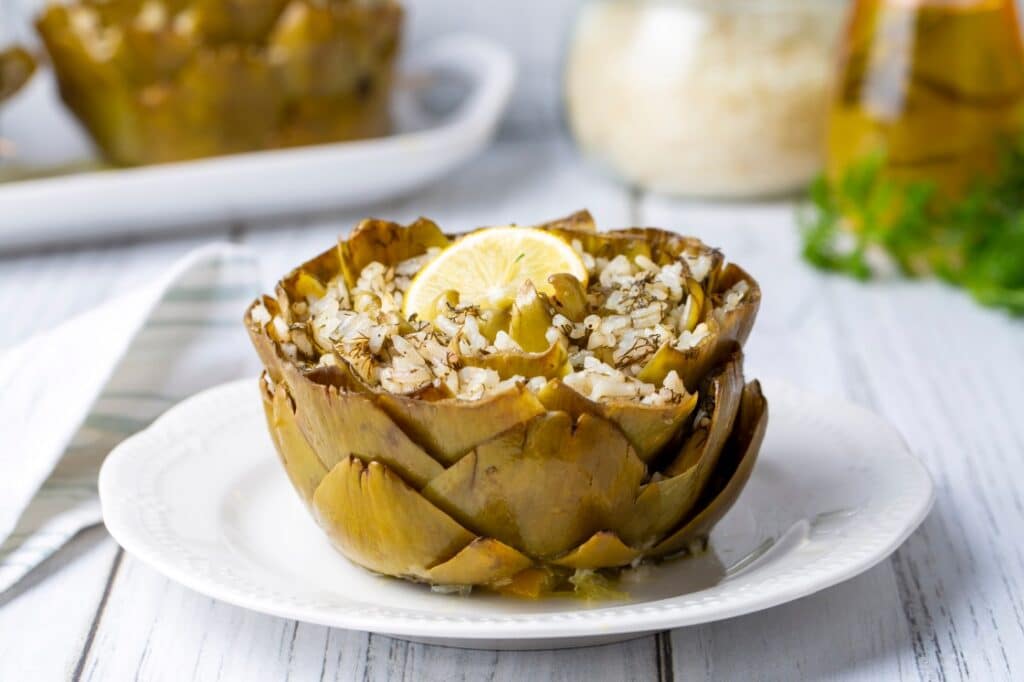
Vegetables like artichokes, eggplant, or okra seem tricky if you’re not used to cooking them. People worry about the taste, how to prep them, or picking the right cooking method. They’re just not as straightforward as carrots or potatoes.
But prepping these vegetables doesn’t have to be complicated. For eggplant, slice it, sprinkle some salt, and let it sit for about 15 minutes. It pulls out the bitterness. With artichokes, cut off the sharp tips, trim the stem, and steam or grill until tender. And for okra, the easiest way to avoid that slimy texture is quickly cooking at higher heat, like sautéing or roasting.
Easy starter recipes are roasted eggplant slices — just olive oil, salt, pepper, and roast until golden — or grilled artichokes served with a simple dipping sauce. These are quick, easy dishes that make these vegetables feel way less intimidating.
Tofu
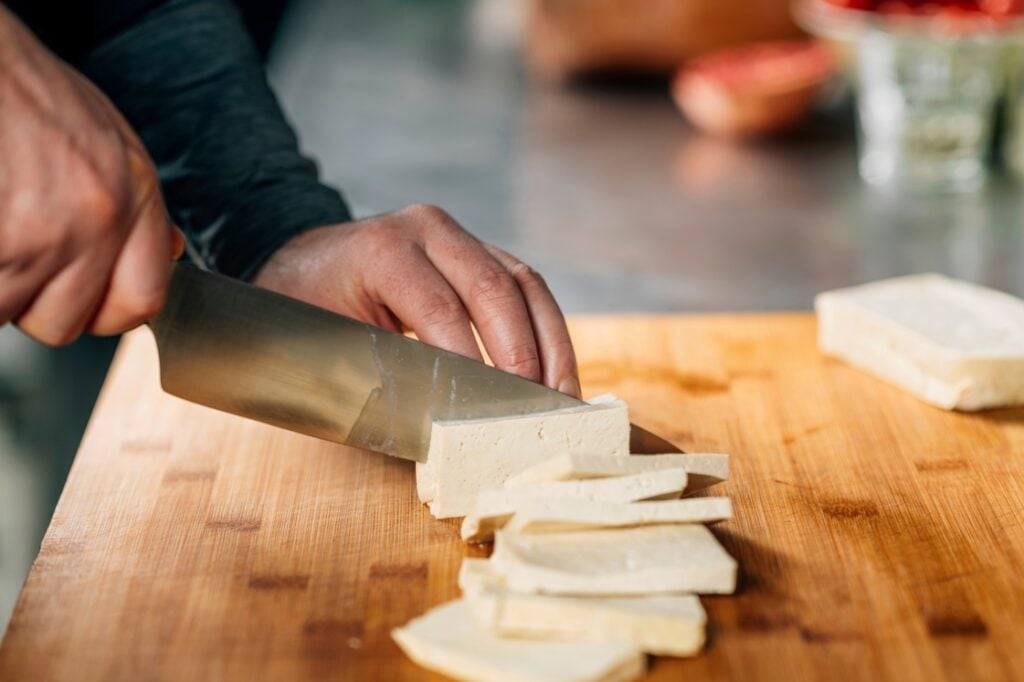
Tofu puts people off mostly because of the weird texture and the fact it doesn’t really taste like anything on its own. Plus, if you’ve never cooked with it before, it seems confusing.
But making tofu actually taste good isn’t complicated. First, always drain and press tofu before cooking — it helps get rid of the extra water and improves the texture. Put it between plates with something heavy on top for about 20 minutes. After that, cut it up and use marinades or seasonings to add flavor.
An easy first recipe is crispy baked tofu bites. Toss cubed tofu in soy sauce and garlic powder, spread it out on a baking sheet, and bake until crispy. It’s simple, quick, and a great introduction if you’re not sure about tofu yet.
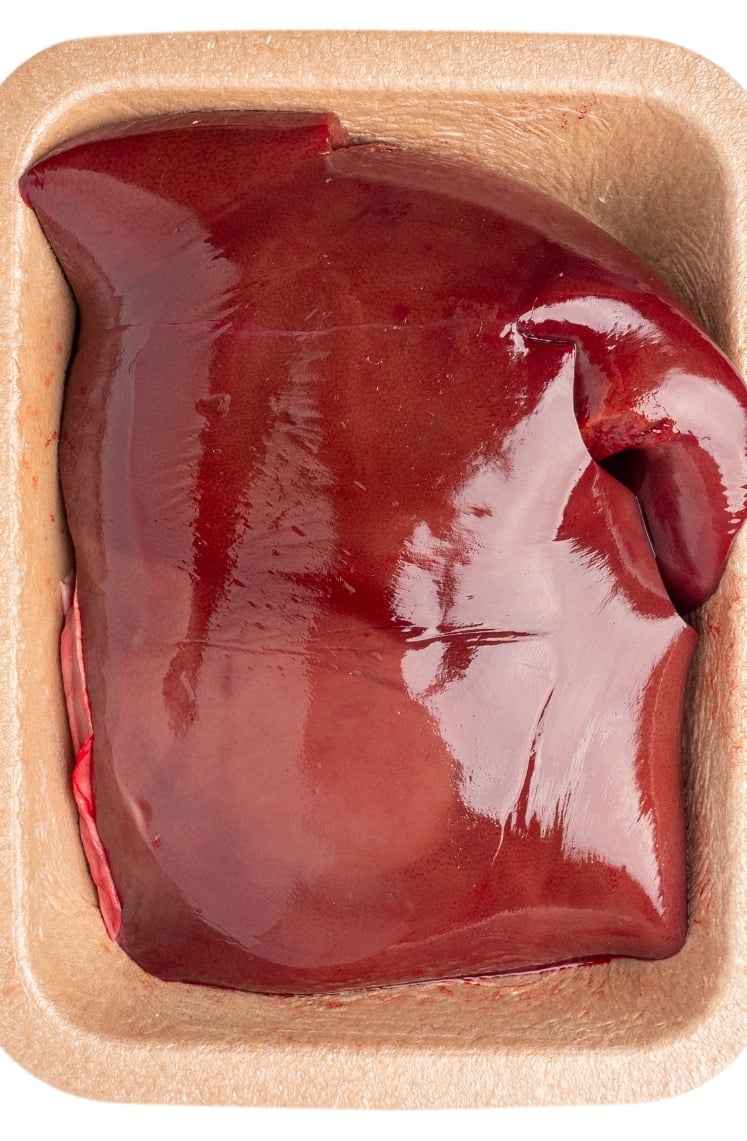


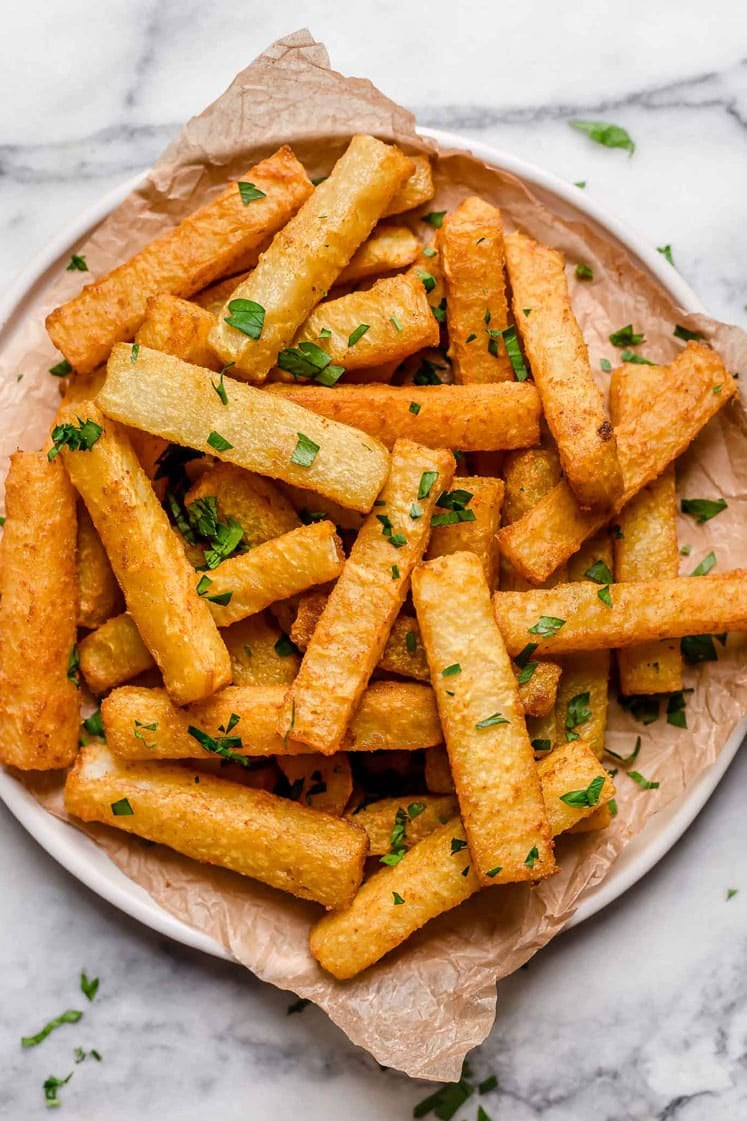
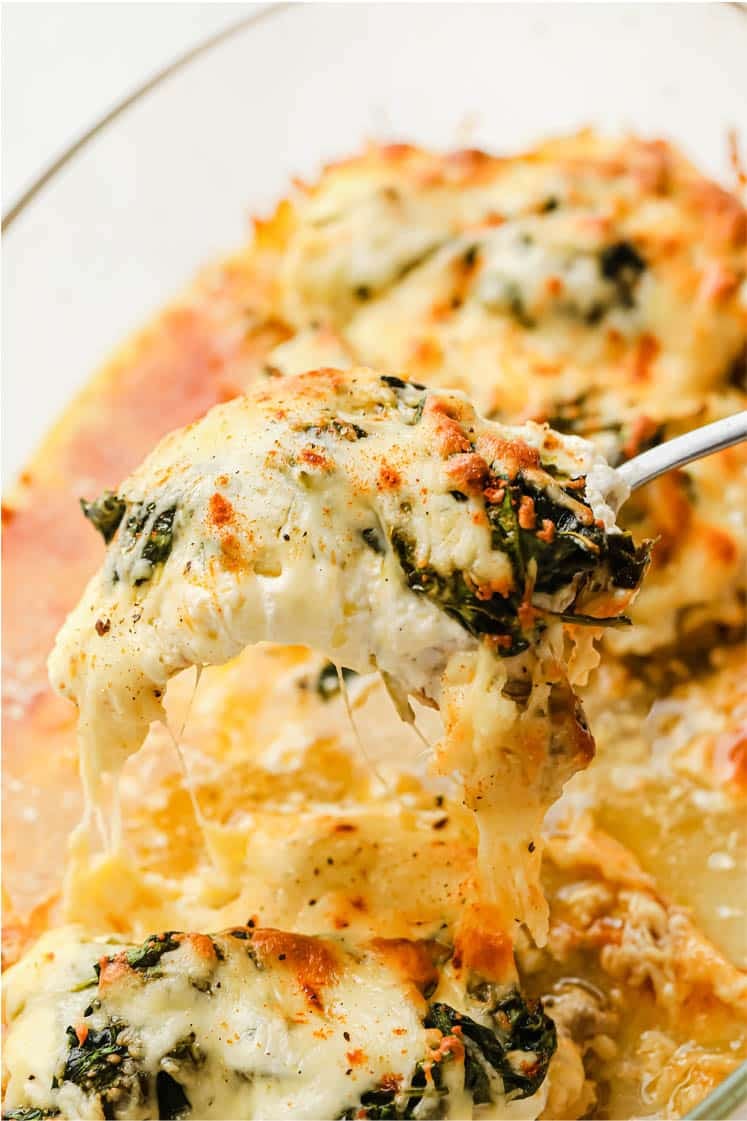
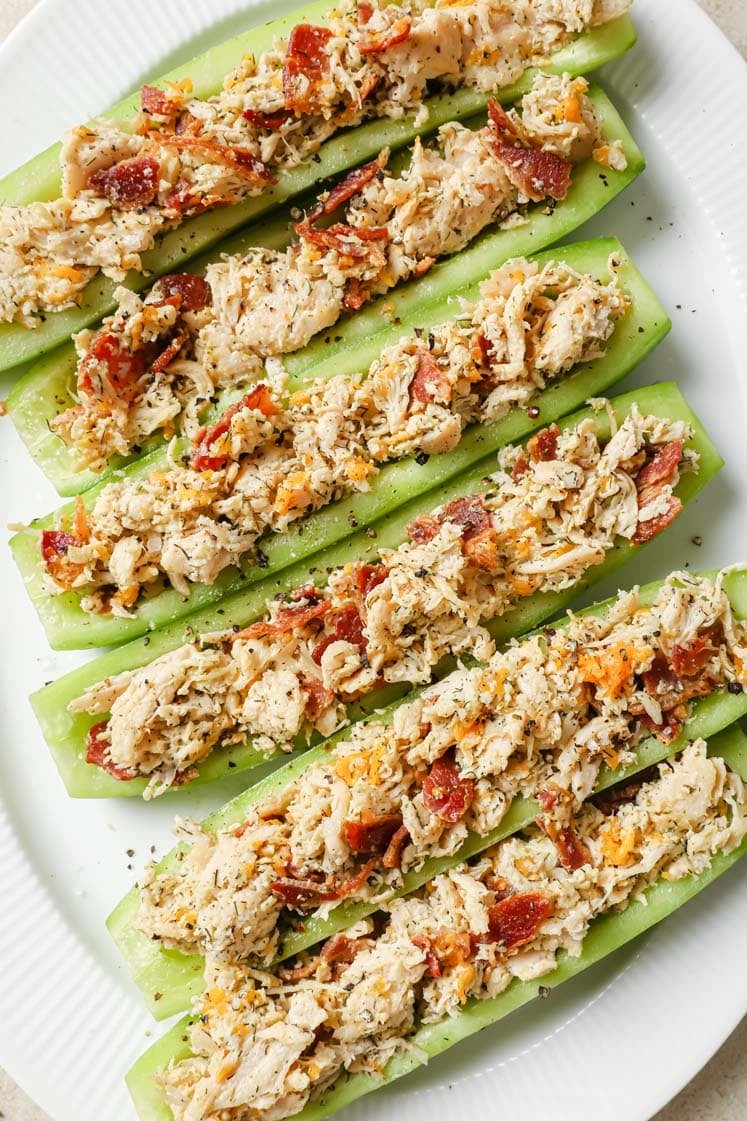
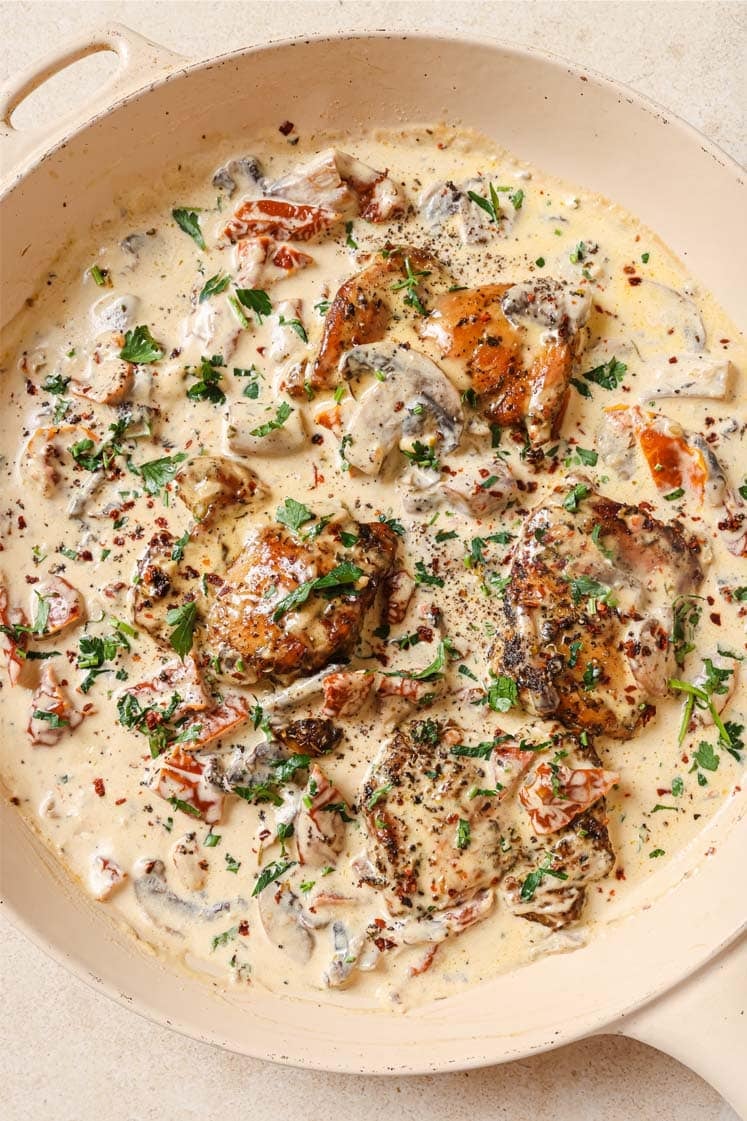

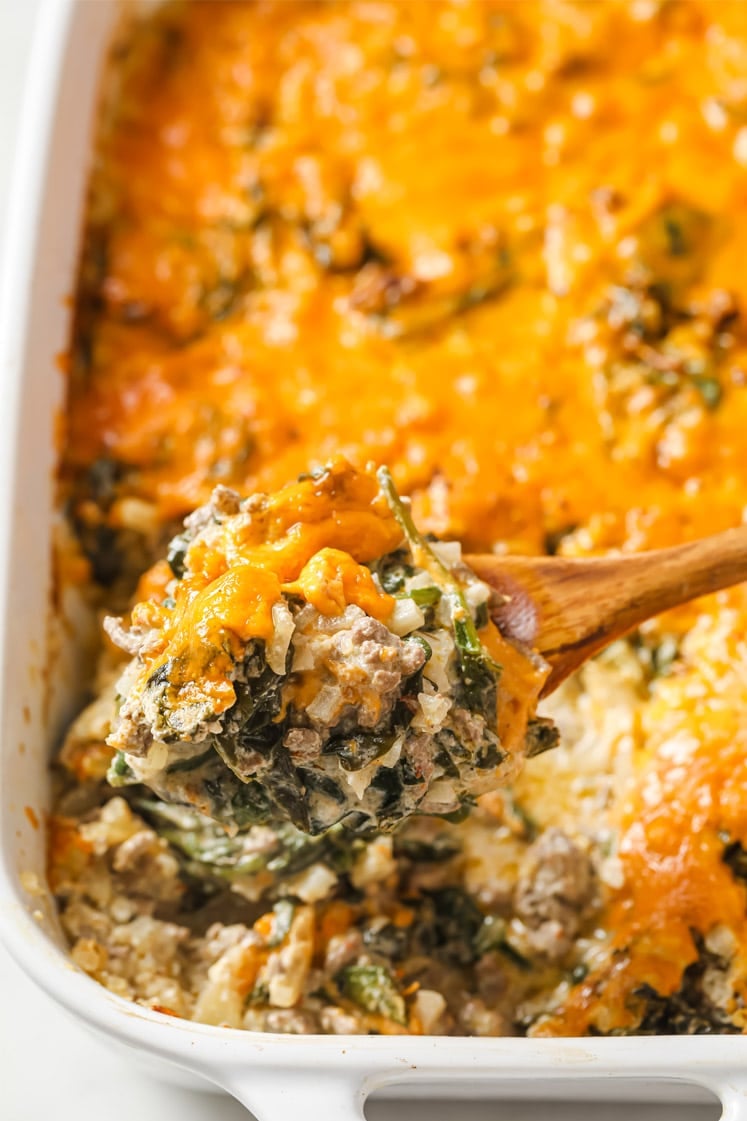


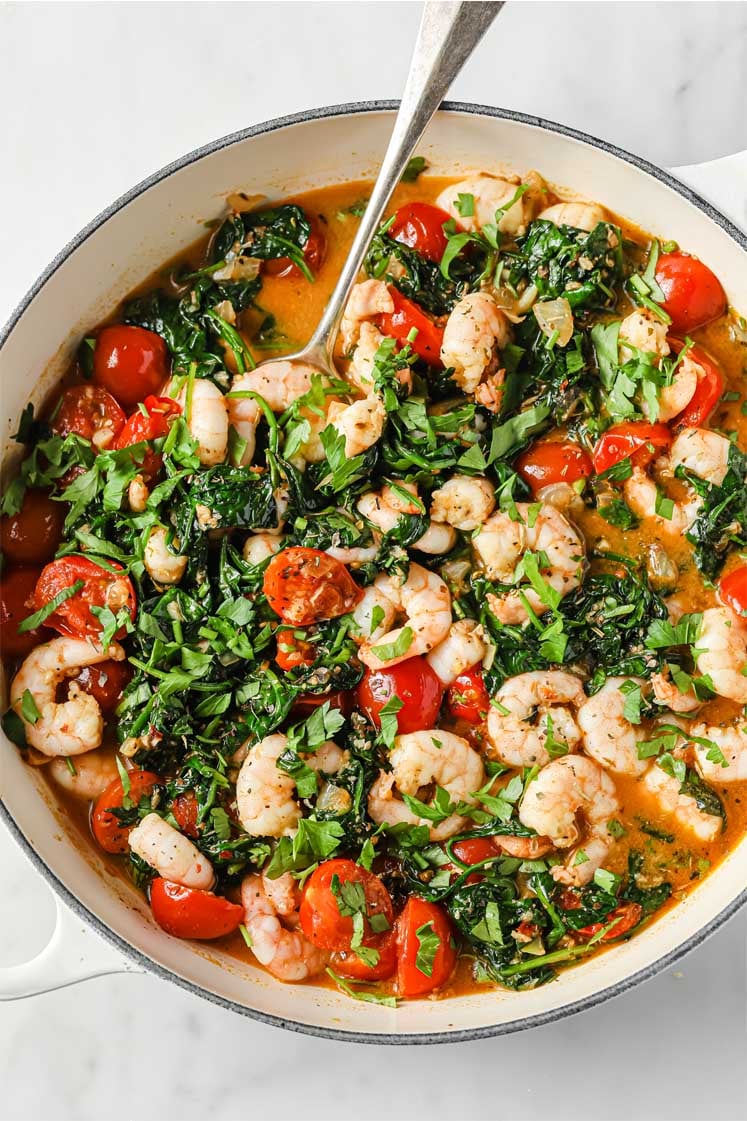
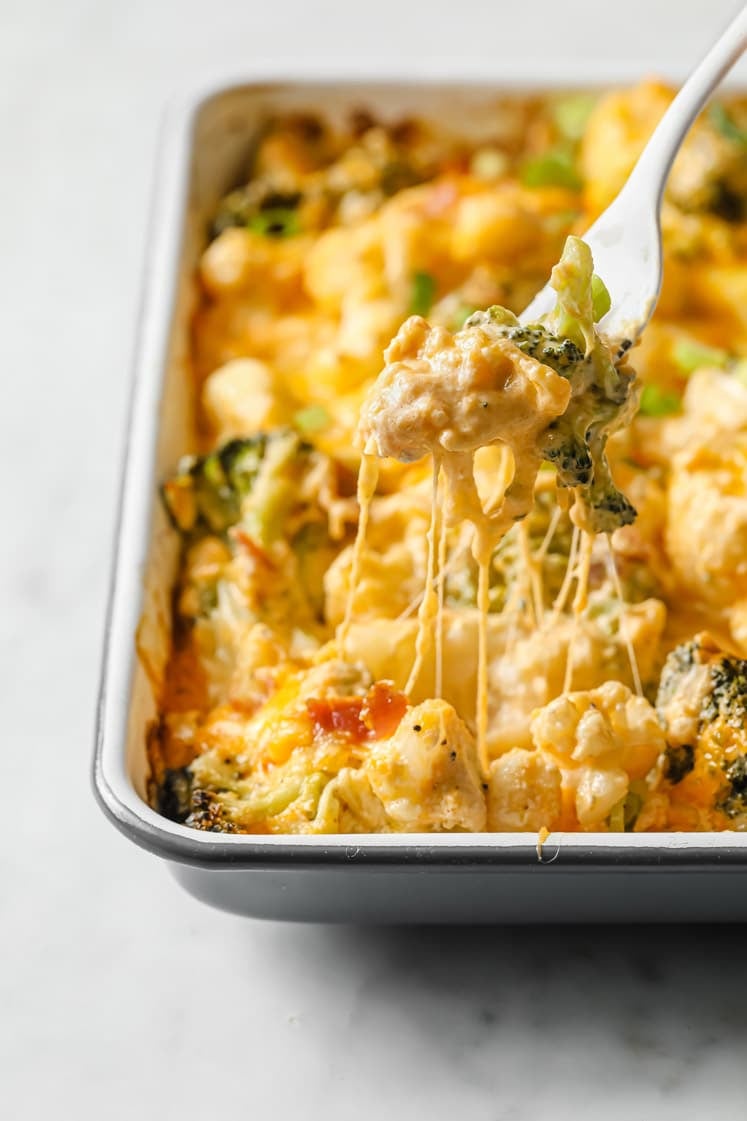
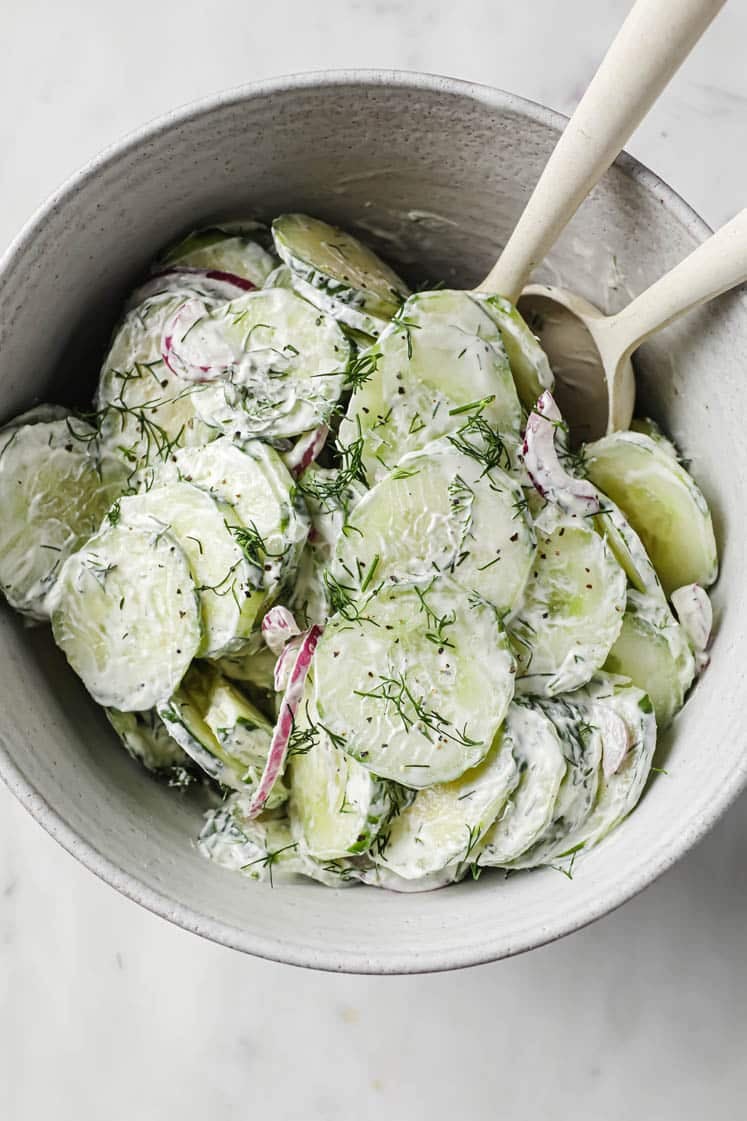









Leave a Reply